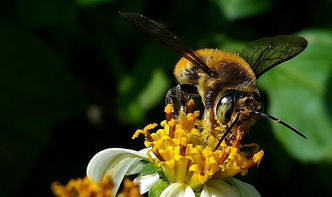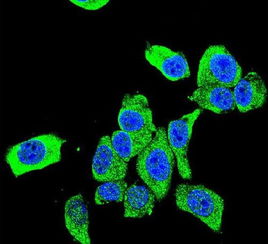
Photos of Insect Bites and Stings: A Comprehensive Guide
Have you ever wondered what different insect bites and stings look like? Whether you’re a curious individual or someone who has been unfortunate enough to experience these itchy and sometimes painful occurrences, understanding the various symptoms and appearances can be incredibly helpful. In this article, we will delve into the world of insect bites and stings, providing you with detailed photos and descriptions to aid in identification.
Common Insect Bites and Stings

Let’s start by exploring some of the most common insect bites and stings, along with their distinctive features.
| Insect | Description | Photo |
|---|---|---|
| Bees | Bees leave behind a stinger, which can cause pain and swelling. The area may also become red and inflamed. |
|
| Wasps | Similar to bees, wasps leave behind a stinger. Their bites can cause severe pain and swelling, and may lead to allergic reactions. |
|
| Mosquitoes | Mosquito bites are usually painless at first but can cause itching and redness. They can also transmit diseases such as malaria and dengue fever. |
|
| Spiders | Spider bites can vary in appearance, but they often cause redness, swelling, and pain. Some spider bites can be venomous and require immediate medical attention. |
|
Identifying Insect Bites and Stings

Identifying insect bites and stings can be challenging, especially if you’re not familiar with the specific symptoms. Here are some tips to help you recognize them:
- Look for a red, itchy bump or welt: This is a common sign of an insect bite or sting.
- Check for swelling and redness: Inflammation is often a result of the body’s immune response to the bite or sting.
- Observe the area for any discoloration: Some bites and stings can cause the skin to turn purple or blue.
- Be aware of any pain or discomfort: Insect bites and stings can cause varying levels of pain, from mild to severe.
Preventing Insect Bites and Stings

Preventing insect bites and stings is always better than dealing with the aftermath. Here are some tips to help you stay safe:
- Wear protective clothing: Long sleeves and pants can help protect your skin from insects.
- Use insect repellent: Apply a repellent containing DEET or picaridin to exposed skin and clothing.
- Stay in well-lit areas: Insects are more likely to bite in dark, damp environments.
- Keep your home clean: Regularly clean and vacuum your home to eliminate insect habitats.
When to Seek Medical Attention
While most insect bites and stings are harmless, some can be serious and require medical attention. Here are some signs that you should seek medical care:
- Severe pain or swelling: If the affected area becomes extremely painful or swollen, it may be a sign of an allergic reaction.
- Difficulty breathing or swallowing: These symptoms may indicate a severe allergic reaction, known as anaphylaxis.
- Chills, fever, or other systemic symptoms: These could be signs of an infection or a more serious condition.
By familiarizing










